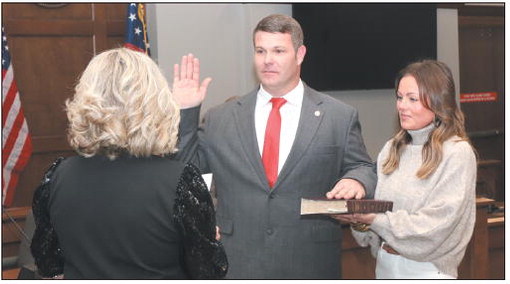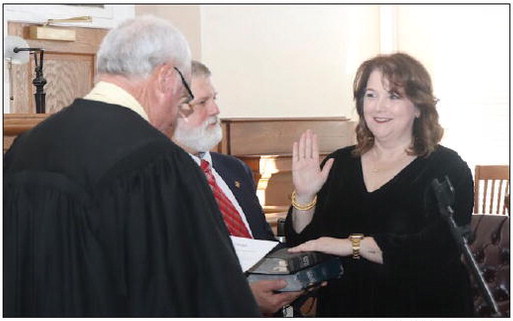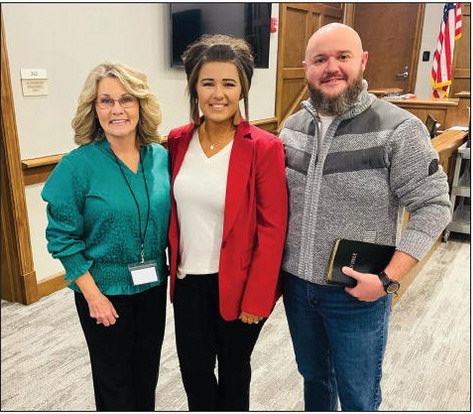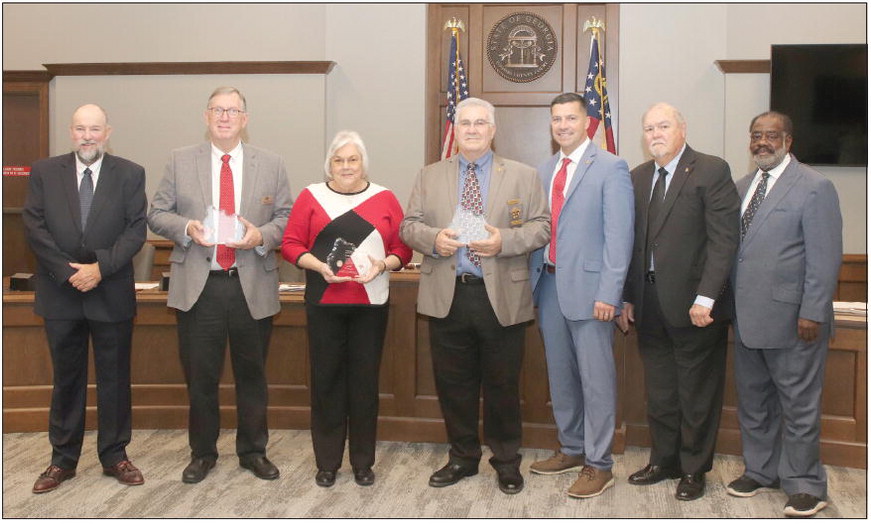BPC Biology Student Completes Undergraduate Research
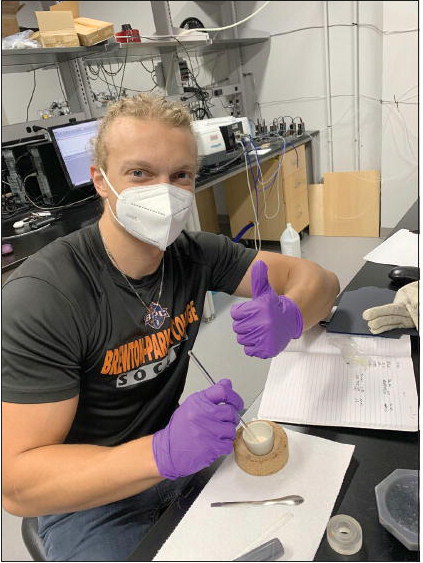

Brewton-Parker College (BPC) Junior Biology major and Chemistry minor Jake McCarthy had the opportunity to perform a summer undergraduate research project at the University of Central Florida (UCF) in Orlando from June 10 through July 31, 2022. Dr. Sampyo Hong (BPC Associate Professor of Physical Sciences) was awarded a grant from the National Science Foundation in 2020 and was able to select BPC students to participate in summer undergraduate research funded by the grant. The science and biology courses from BPC prepared McCarthy for his undergraduate research and his research experience that will prove beneficial for McCarthy if he decides to pursue a graduate degree. The undergraduate research performed by students like McCarthy is an excellent opportunity to gain science education, inspiration, personal, and professional development. Through this program, students experience hands-on learning, practical research skills, increased interest, and expand professional references. Both the students and the college benefit from this research through sound science education and improved graduation and retention rates among science majors.
The title of the project was an investigation of the density effect of Pt (Platinum) and Pd (Palladium) single atom catalysts on ZrO2 (Zirconium dioxide) for the C2H2 (Acetylene) reaction. The project involved characterization and reaction mechanism study on the catalyst systems. Kailong Ye, a Ph.D. candidate and the lead investigator of the project, guided McCarthy in the research project. McCarthy participated in the whole process of preparing the solution, making the catalyst pellets, and testing the structure of the formed catalysts using IR spectroscopy.
McCarthy shared his thoughts on the experience by saying, “Overall, this summer was a great experience in the lab. It took a lot of time and effort but was all worth it in the end. The graduate students and postdoctoral researchers at UCF are still finishing the project at this time but will let me know when the research has been completed. I want to say special thanks to Dr. Sampyo Hong for giving me this opportunity and to Mr. Kailong Ye who advised me this summer.”
During McCarthy’s time at UCF, he worked in a laboratory with state-ofthe- art testing equipment such as IR spectroscopy. In the laboratory, the researchers were doing multiple projects but allowed McCarthy to help with a single-atom catalyst project. His project consisted of preparing support, preparing a catalyst, testing for a single-atom structure, and testing the catalyst. McCarthy explained that single-atom research is done meticulously and tediously. Any small mistake in the preparation of the catalyst can skew the structure, making it unusable. To get used to preparing the catalyst, Mr. Kailong Ye advised McCarthy while McCarthy prepared the catalysts. Several steps are involved in getting this ready. A decision was made that their support would consist of Zirconium Hydroxide. They had to add exactly 25.1119 grams of Zr(OH)4 in a large clay cup. Eventually, they had to dilute three samples of Palladium Nitrate with H2O, one for each sample of Zirconium. Finally, they added the Palladium Nitrate to the three Zirconium supports dropwise and calcinated each prepared catalyst in a furnace at 550 degrees Celsius for two hours.
McCarthy explained how particular the steps were, “Testing was the most crucial part of each project. We needed to determine whether the structure of our catalysts was a single-atom catalyst. The testing started with gathering a glass tube and placing a cotton swab in the middle using a rod. Then, the catalyst for testing was poured into the glass rod. Finally, another cotton swab was placed to enclose the catalyst in the middle. This rod was then placed into a machine that would pump gas from one direction to another. The catalyst would then oxygenate the gas to make it into a natural gas.” Mc-Carthy continued, “For example, CO would be pumped through the glass tube and the catalyst would change the gas into CO2. This test simulates what a catalytic converter does in cars, which turns gasses like Carbon Monoxide into Carbon Dioxide.”
Dr. Hong said, “He [McCarthy] worked very hard, and his project has been successful. Although he doesn’t participate any longer, he has already gotten intermediate results. These results will be presented in major conferences and be published in a peer-reviewed journal in the future.”



